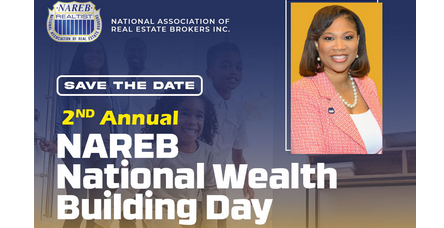This performance was one of sheer joy and transcendental beauty; a phenomenon that must be experienced.
[Entertainment: Music]
Pandit Ravi Shankar’s post retirement concert at Carnegie Hall on Saturday October 10, 2009 was everything one expects from this legendary phenomenon who has been performing to sold out audiences worldwide over half a century. The concert was part of a series dubbed the Around the World series that sought to bring renowned artists from around the globe to Carnegie Hall, to share their gift of music with the people.
On this crisp autumn night, with the Hindu holy symbol, projected in the background, Pandit Shankar and his daughter Anoushka enthralled the audience with some of their popular ragas, Hindustani Art music, which is a part of Indian classical music tradition. Flanked on the right by the famous tabla player, Tanmoy Bose, and on the left by his daughter, Pandit Shankar was sheer delight on the sitar, playing with such verve and vigor that betrayed his age. The soon to be nonagenarian went to work as soon as the sitar was tuned for him by one of his assistants. Seeing him play the sitar with such energy makes one wonder if age would ever slow him down. His performance was every bit as lively as any of his earlier works.
Sitting on separate raised platforms, father and daughter created some beautiful melodies and one could see the influence of fusing western music into raga music on display. The scores performed were very personal, characteristic of the Indian classical tradition where the performer is allowed to explore his or her mood in what appears similar to improvisation in the jazz tradition. The performance was a dialogue between father and daughter, as well as among daughter, father and the tabla player. The exchanges were vivid and at times reached a crescendo that almost transports one into a trance, creating an indescribable mood. Visibly absent on stage were any notes or written material to suggest that these compositions were written down, adding to the richness of the performance. This shows that the raga were created through time, rather than composed.
The Raga genre is unique to Hindustani Classical Music because of its specific melodic structure and arrangement of notes that are quite different from one raga to another. This distinction makes it peculiar, as it does not represent the mind of the composer but a universal idea of the world; they transmit impersonal emotion. Also, different ragas are performed at different times of the day and to specific seasons, despite sharing the same scale and melodic theme. Most musicologists define the most prominent feature of a raga to be its ability to “color” or please the mind of the listener or even enhance the mood.
On this evening, the ragas performed by the father-daughter duo achieved the mind pleasing ecstasy that it sets out to achieve, with such pieces as the raga Adarini, and Raga Mishra Gara (Fast Teental). The listener is transformed into a state as evidenced in the silence that reigned in the hall as they performed.
This performance was one of sheer joy and transcendental beauty; a phenomenon that must be experienced.











